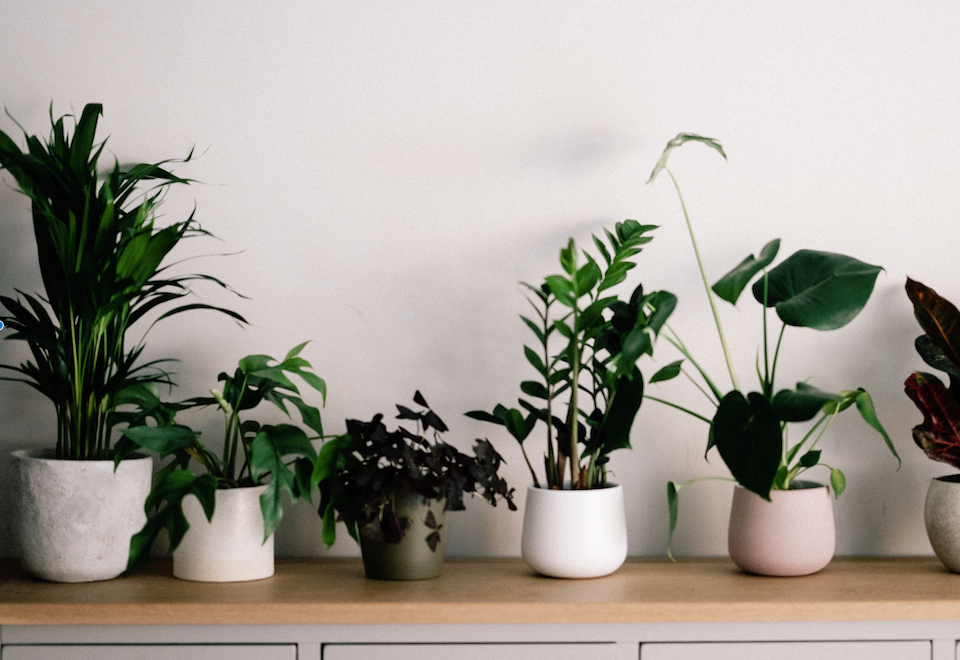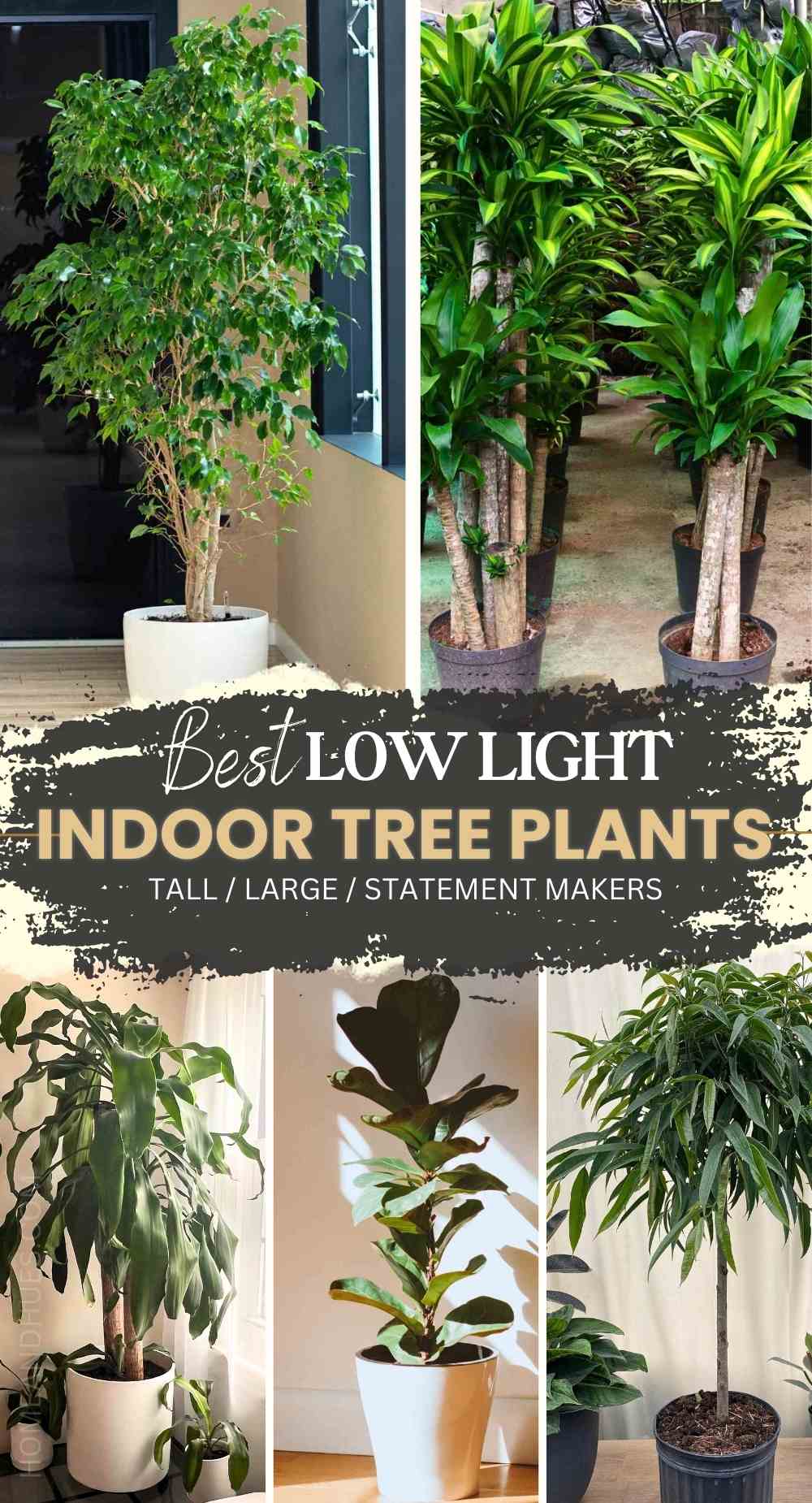Where to Place the Best Low-Light Indoor Plants in Your Home for Maximum Impact
Where to Place the Best Low-Light Indoor Plants in Your Home for Maximum Impact
Blog Article
Discover the most effective Low-Light Indoor Plants for Enhancing Your Home Decoration
Integrating low-light interior plants right into your home decor can considerably improve both appearances and environment, particularly precede that lack abundant natural light. Ranges such as the Snake Plant and ZZ Plant not just bring life to dim corners but likewise add to boosted air high quality and total well-being. Recognizing the one-of-a-kind features and treatment demands of these plants can cause a much more harmonious living environment. As we check out the top selections and their imaginative applications, one may ask yourself exactly how these choices can change your room into a prospering sanctuary.

Why Select Low-Light Plants
Why decide for low-light plants in your interior spaces? The modern-day living environment often offers challenges such as limited natural light, making it difficult for standard houseplants to thrive. Low-light plants are especially adapted to survive and grow in these problems, using a practical option for people looking for to boost their interior areas without the added anxiety of maintaining much more light-demanding flora.
In enhancement to their strength, low-light plants add substantially to the appearances of a room. Their varied variety of shades, sizes, and forms enables for special interior decoration possibilities, creating inviting and lively ambiences. Additionally, indoor plants are known for their air-purifying high qualities, boosting interior air quality by filtering system toxic substances and launching oxygen, which can boost overall well-being.
Low-light plants additionally need minimal maintenance, making them particularly appealing to busy individuals or those new to horticulture. Their adaptability enables positioning in different settings, from workplace to poorly lit corners of the home. By picking low-light plants, you can appreciate the advantages of greenery without the restraints that often go along with standard gardening, ultimately fostering a much healthier and much more aesthetically enticing indoor environment.
Leading Low-Light Indoor Plants
For those looking for to boost their indoor rooms with plant that prospers in low-light problems, numerous plant choices stand apart for their strength and aesthetic charm. The Serpent Plant (Sansevieria trifasciata) is a prominent selection, understood for its upright, sword-like leaves and capability to endure forget. This hardy plant can survive in poorly lit locations while boosting interior air top quality.
One more excellent choice is the Pothos (Epipremnum aureum), characterized by its heart-shaped leaves and routing creeping plants. Pothos is not only versatile to low light yet likewise uses a striking aesthetic comparison when put on racks or hanging baskets.
The ZZ Plant (Zamioculcas zamiifolia) is equally outstanding, boasting glossy, dark green leaves that can brighten up any edge. Its drought resistance makes it ideal for active home owners.
Treatment Tips for Low-Light Plants
Exactly how can you guarantee that your low-light indoor plants thrive despite minimal sunshine? Initially, pick the ideal potting mix that gives good drain while retaining moisture. A well-aerated dirt, such as a blend of potting dirt and perlite, can assist avoid root rot.
Watering is important; low-light plants usually call for much less regular watering compared to their sun-loving counterparts. Constantly check the top inch of the soil-- if it really feels dry, it's time to water. Beware of overwatering, as this can bring about fungal issues and origin decay.
Fertilizing low-light plants ought to be done sparingly - Best low-light indoor plants. Use a well balanced, water-soluble fertilizer throughout the growing season, yet decrease or get rid of fertilizing in the dormant months
Furthermore, dirt can gather on fallen leaves, inhibiting photosynthesis. Gently wipe the leaves with a Homepage wet fabric to maintain them clean.
Last but not least, observe your plants closely. Signs of distress, such as yellowing fallen leaves or leggy growth, can suggest that your plant requires modifications in care (Best low-light indoor plants). By following these treatment pointers, your low-light interior plants can thrive, adding appeal and vigor to your home
Innovative Ways to Present Plants
Boosting the aesthetic allure of your interior space can be achieved by thoughtfully displaying your low-light plants in imaginative ways. Take into consideration making use of upright space to your advantage; wall-mounted shelves can showcase trailing plants like pothos or philodendron, including lushness while saving flooring room. Alternatively, use plant stands of differing heights to create aesthetic rate of interest and depth, attracting the eye upwards.
Hanging planters are another outstanding choice, supplying a dramatic result when suspended from the ceiling or hooks. Macramé wall mounts can present structure and bohemian panache, while contemporary ceramic hangers can suit a minimal aesthetic. Get More Information For a much more cutting-edge technique, repurpose unique containers such as vintage teacups or glass containers, which can add personality to your screen.
Organizing plants in clusters is likewise efficient; usage differing pot dimensions and shades to create a natural look. This technique not just boosts aesthetic effect however also gives an all-natural environment feel - Best low-light indoor plants. Last but not least, consider positioning plants near lights like windows or lights to optimize their development and display their lively vegetation, thus improving the total atmosphere of your interior environment.
Advantages of Indoor Plant
Countless studies have demonstrated that including interior greenery right into your space uses a multitude of advantages, enhancing both mental and physical wellness. Among one of the most significant benefits of interior plants is their capacity to enhance air top quality. Plants absorb co2 and launch oxygen, creating a much healthier ambience while likewise removing hazardous contaminants, hence advertising respiratory health and wellness.
Furthermore, the presence of greenery has been linked to minimized stress levels. Research study indicates that communicating with plants can reduce cortisol degrees, which are related to stress. This calming impact can cause boosted state of mind and increased efficiency, making indoor plants an optimal enhancement to offices.
Furthermore, indoor plant can enhance cognitive feature. Researches suggest that environments improved with plants can result in boosted focus, imagination, and total mental clarity. The visual appeal of interior plants also adds to a more welcoming and pleasant environment, favorably influencing social communications and general fulfillment within an area.
Verdict

Including low-light indoor plants right into your home decoration can dramatically enhance both aesthetics and ambience, particularly in rooms that do not have bountiful all-natural light. Varieties such as the Serpent Plant and ZZ Plant not only bring life to lower corners yet also contribute to boosted air high quality and total well-being. Interior plants are recognized for their air-purifying high qualities, improving indoor air quality by launching and filtering system toxins oxygen, which can boost total health.
For those looking for to boost their interior spaces with greenery that thrives in low-light problems, numerous plant options stand out for their resilience and aesthetic charm. These resistant plants, such as the Serpent Plant and ZZ Plant, grow in dark problems and require minimal upkeep, making them suitable for numerous way of lives.
Report this page